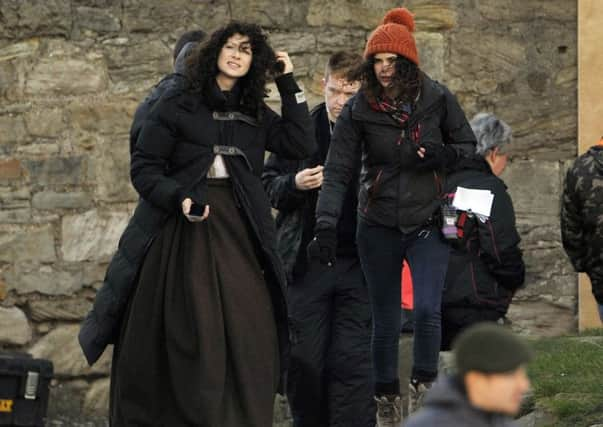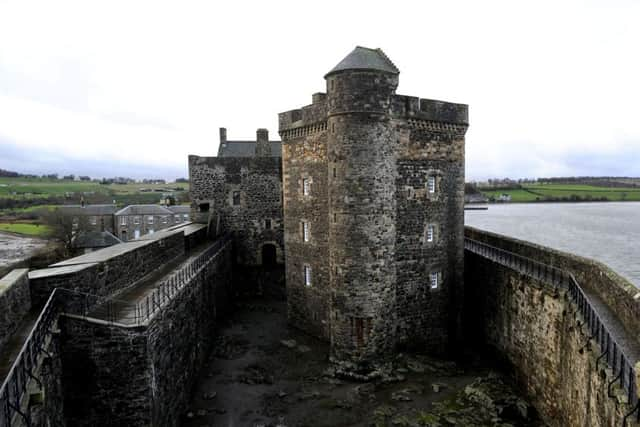Outlander – a “victim of its own success” - at sites including Linlithgow Palace and Blackness Castle


But now there are fears Outlander has become “a victim of its own success” due to the huge numbers of fans flocking to historic sites linked to the show, which is based on the best-selling series by American author Diana Gabaldon.
Linlithgow Palace and Blackness Castle are among the attractions Historic Environment Scotland (HES) has allowed Outlander to use.
Advertisement
Hide AdAdvertisement
Hide AdThe government agency responsible for some of Scotland’s most historic sites has revealed for the first time the knock-on impact of the Sony-Starz series. It is having to step up security, expand car parks, clamp down on the flying of drones and even look at limiting capacity at some attractions after being inundated with visitors.


Research published in March revealed that attractions used in Outlander saw visitor numbers soar by an average of 67 per cent since it went into production in 2013.
However, VisitScotland said it was now trying to ensure that sites were not “over-promoted” and was encouraging Outlander’s fans to be “respecting” of the nation’s heritage and culture.
The tourism agency said it was aware of fans having to be rescued from “dangerous” Outlander locations which had not appeared in official maps. It revealed it is also working with Transport Scotland and travel companies to ensure services are better linked up and reduce the risk of fans being left stranded.
Advertisement
Hide AdAdvertisement
Hide AdThe agency revealed the success of the show had inspired it to “pro-actively” seek new film and TV productions to work with. But it also admitted it was more difficult to close down Outlander locations for other productions because of the risk of having to turn away huge numbers disappointed fans. It has also reported growing problems at sites which have not been used as locations, but have close links to the show, including the Callanish Stones on the Isle of Lewis, the Ring of Brodgar in Orkney, and Clava Cairns near Inverness.
Speaking at XpoNorth, the annual creative industries conference in the Highlands, Audrey Jones, head of filming at HES, said: “We’re having issues with sites that are just so popular now. We’re looking at timed tickets, capacity management and investing in infrastructure to make it more pleasurable for people.
“We now have rangers and conservation teams going around our sites checking on them and speaking to people, particularly at remote sites, which were always unmanned and where people could wander about at will. There’s now a degree of herding and trampling going on now. We’re having to police it a lot more.
“We’ve now started to have drones everywhere. People flying them across properties where Outlander has been filmed to get aerial shots has become a major issue for us.
Advertisement
Hide AdAdvertisement
Hide Ad“We’ve had to increase our presence at previously unstaffed sites to cope with that and protect them.
“In some ways, Outlander has been a victim of its own success. It now costs us more to close a property down as we have more visitors.
“It’s a commercial challenge which we obviously try to overcome as we don’t want to be seen as the bad guys.
“It’s also become more and more challenging to afford privacy during filming. When Outlander began filming no-one had really heard about it or knew the actors. Now we have to close sites down because screaming fans are everywhere if they know filming is going on.”
Advertisement
Hide AdAdvertisement
Hide AdVisitScotland film manager Jenni Steele said: “Moving people around sites and sustainable tourism is really important to us.
“We want to make sure we’re looking after our heritage and our tourism sites for the future.
“It’s about making sure everyone is respecting of our culture and heritage, and also making sure there’s a balance between promoting sites without over-promoting them.”